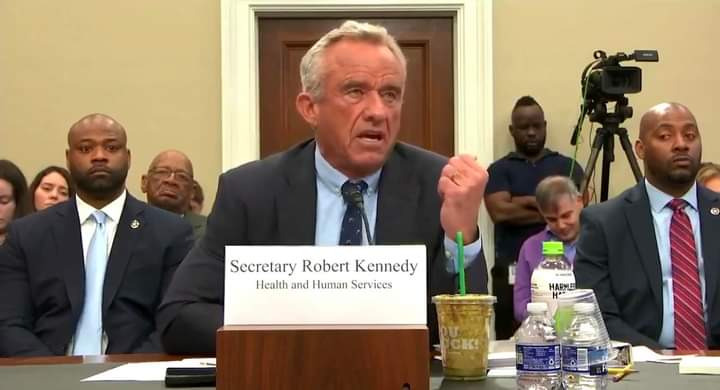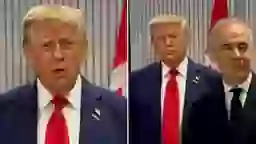Canadian Prime Minister Mark Carney made headlines during the latest G7 Summit after an unexpectedly sharp interaction with former U.S. President Donald Trump triggered both praise and criticism across the political spectrum. The two leaders—attending the global gathering in Kananaskis, Alberta—were among several world officials convening to discuss global economic shifts, security challenges, and ongoing armed conflicts. While such summits typically spotlight diplomacy, this year’s event took a more dramatic turn when Carney appeared to challenge Trump publicly, earning a mixed reaction from global audiences.
During a joint media appearance, Trump was asked about stalled trade negotiations between the U.S. and Canada. He responded with a characteristic blend of self-assurance and vagueness, suggesting the delay stemmed from “conceptual differences” in economic strategy—Trump favoring tariffs, while Carney held a “more complex idea.” As Trump explained, Carney reacted with a noticeable smirk and even winked toward a journalist, suggesting a less-than-impressed stance. This brief but telling moment was picked up and widely circulated online, with some viewers interpreting it as a subtle jab at the American leader’s oversimplified rhetoric.
As the exchange continued, Trump seemed to further undermine Carney’s policy views by reiterating his own straightforward approach to tariffs and labeling the Canadian leader’s strategy as overly complicated, though “also very good.” Carney’s reaction—smiling from the sidelines—was interpreted by many as a thinly veiled form of mockery. Social media users were quick to react. Some found the moment satisfying, praising Carney’s restraint and perceived wit. Clips of the wink and eye-roll went viral, with comments like “Carney’s expression is everything” dominating online platforms.
However, the conversation took a more contentious turn when Trump was questioned about Russia’s exclusion from the former G8 bloc, a decision made in 2014 after the annexation of Crimea. Trump used the opportunity to criticize past leaders, including Barack Obama and former Canadian Prime Minister Justin Trudeau. He even suggested that if Russia had remained in the group—or if he were still president—current global conflicts might have been avoided. It was at this point that Carney firmly stepped in, stopping Trump mid-thought by invoking his authority as the summit’s host. He emphasized the need to move on to substantive agenda items, gently but clearly curbing Trump’s tangent.
This interruption, though executed diplomatically, became a lightning rod for political debate. Supporters of Carney viewed the move as a necessary check on Trump’s grandstanding and praised him for steering the conversation back to pressing international issues. Meanwhile, Trump loyalists criticized Carney for what they perceived as weakness, especially pointing out how he appeared to glance at Trump before cutting him off. Accusations that Carney lacked confidence or overstepped his bounds circulated rapidly among conservative circles, feeding into existing partisan divides.
Ultimately, the G7 Summit, meant to foster unity on pressing global matters, instead became a backdrop for viral clips and polarized commentary. While some celebrated Carney’s measured assertiveness, others viewed the interaction as petty or politically charged. Regardless of perspective, the moment underscored how diplomacy today is often judged not just in closed-door negotiations, but in the fleeting glances and gestures that echo loudly across digital platforms.



